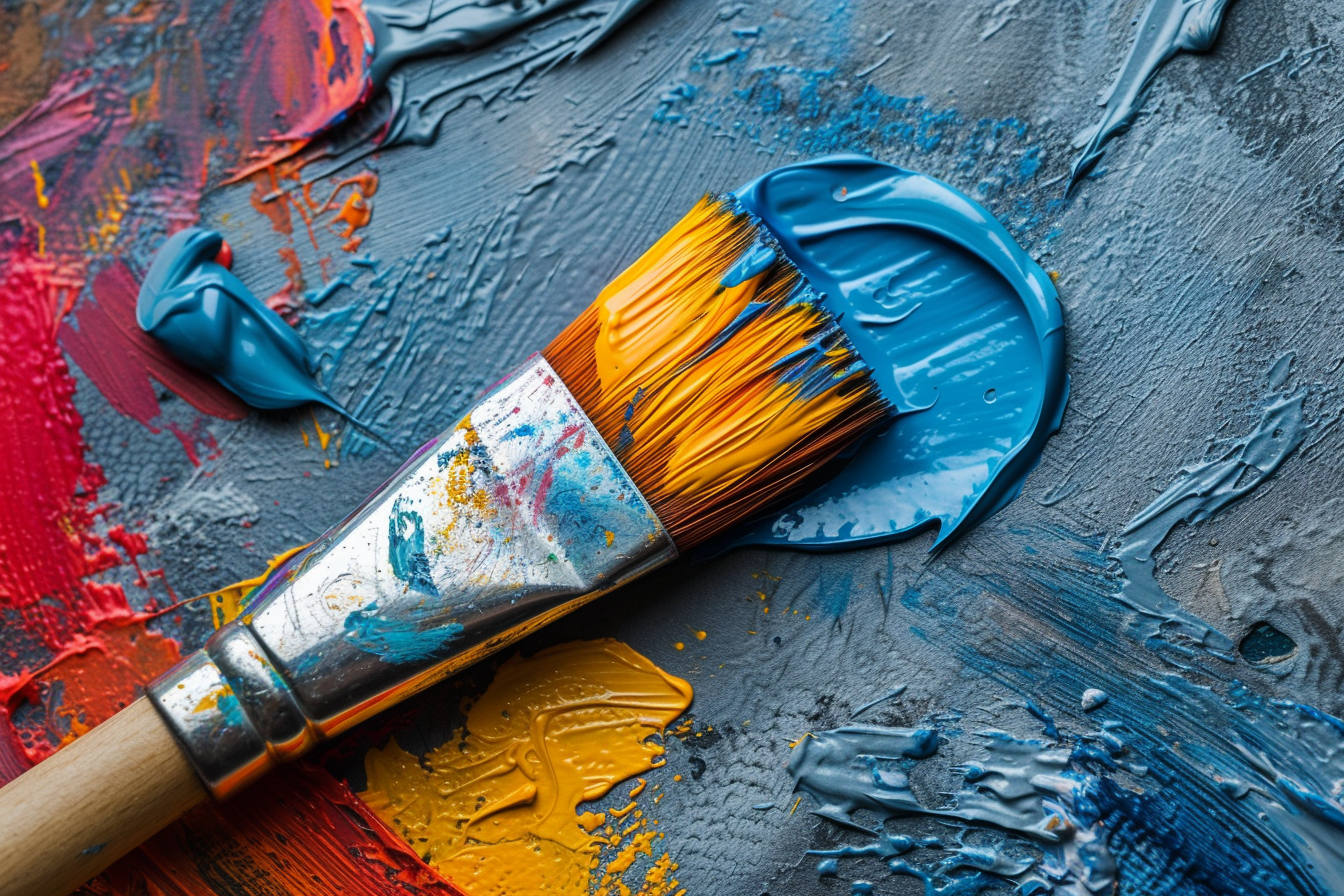Painting metal surfaces may seem straightforward, but achieving a finish that combines both durability and vibrancy requires skill, patience, and knowledge of the right techniques. Metal is a unique substrate that poses specific challenges when it comes to painting. Throughout this article, we will delve into essential tips and strategies to ensure that your metal painting projects stand the test of time, both in functionality and aesthetics.
Understanding metal surfaces
Before applying a paintbrush or spray gun to metal, it’s fundamental to comprehend the properties of the substrate. Metals can be non-ferrous, like aluminum and copper, or ferrous, such as iron and steel. Each type can react differently to paints and environmental conditions, leading to varying levels of adhesion and finish quality.
Surface Preparation
A pivotal step in painting metal is surface preparation. Any successful metal painting job begins with ensuring the surface is free of rust, grease, and other contaminants. Use wire brushes, sandblasting, or chemical rust removers to tackle existing rust, and solvent or degreaser for oils and dirt. Careful cleaning ensures that paint adheres properly and prevents premature peeling.
Primer Application
Priming is your next line of defense. A high-quality primer serves multiple purposes:
- It helps seal the metal and keep moisture out, which is crucial for preventing rust on ferrous metals.
- It provides a good surface for paint to adhere to, ensuring a stronger bond and a smoother finish.
- Specialized metal primers may include anti-corrosive properties, further protecting the metal underneath.
For best results, select a primer that’s specifically designed for the type of metal you are painting. For example, galvanized metal requires a different primer than iron or steel.
Selecting the right paint
Choosing the right type of paint is as important as the preliminary steps. Enamel paints are popular for metal surfaces due to their durability and glossy finish. Epoxy paints provide resistance to chemicals and wear, making them ideal for industrial environments. For metals that will be subjected to high temperatures, such as radiators or grills, heat-resistant paints are necessary.
Application Techniques
Paint can be applied to metal using several techniques, each with its advantages.
- Brushing is suited for smaller projects or intricate details. High-quality brushes are recommended to avoid brush marks and ensure even coverage.
- Rolling can be effective for larger, flat surfaces. Foam rollers in particular yield a smooth finish.
- Spraying offers the most uniform coverage and is the best choice for professional-looking results. Whether using spray cans or spray guns, multiple light coats are preferable to a single heavy one.
When spraying, control and consistency are key. Maintain a steady hand speed and spray from an optimal distance, typically 6 to 12 inches from the surface. Overlap each pass slightly, and remember to shake the can regularly or ensure your spray gun is properly adjusted throughout the job.
Paint application: step by step
Step 1: Test the Color and Adhesion
Before committing to painting the entire metal piece, conduct a patch test in an inconspicuous area. This will give you an idea of the color once dried and also how well the paint adheres to the primer.
Step 2: Apply Thin, Even Coats
Thick layers of paint are more prone to sagging and running, blemishing the final appearance. Apply thin, even coats, allowing sufficient drying time between each. The number of coats will depend on the paint type and the coverage required.
Step 3: Sand Between Coats
For an exceptionally smooth finish, lightly sanding between coats with fine-grit sandpaper can help remove any imperfections and promote better adhesion of subsequent layers.
Step 4: Allow for Curing
Paints have specific curing times that differ from mere drying times. Curing is the process where the paint’s solvents evaporate completely, leaving behind a hardened, durable surface. Resist handling the painted object and allow for full curing, which may take up to 48 hours or more, depending on the product.
Addressing common challenges

Metal painting is not without its challenges. Errant brushstrokes, runs, and sags are common issues that can mar the finish. A steady hand and patience are your best tools in avoiding these pitfalls. If such problems occur, it’s often possible to sand the area smooth once the paint has dried, and then reapply paint.
Environmental factors like temperature and humidity also play a significant role in the painting process. High humidity can prolong drying times and cause a cloudy finish, while low temperatures can prevent paint from setting properly. Always paint in well-ventilated spaces with a controlled climate if possible.
Maintaining your painted metal surfaces
Once completed, it’s essential to maintain the painted metal surface to ensure longevity. Regular cleaning with mild soapy water will prevent grime buildup and keep the finish looking fresh. In outdoor settings, a protective clear coat may be beneficial to guard against the elements and UV rays.
For industrial applications, or in areas with high traffic or usage, scheduled touch-ups and preventative maintenance will help the paint withstand wear and abuse, securing both functionality and appearance.
Metal painting techniques, when executed correctly, result in vibrant and durable finishes that can revive dated metal fixtures or equipment. Through careful preparation, judicious paint choice, and meticulous application strategies, the beauty and protection of your metal surfaces can be sustained long-term. With a blend of knowledge and artistry, metal painting can transform the mundane into the magnificent, ensuring that your projects not only look outstanding but also stand the test of time.
